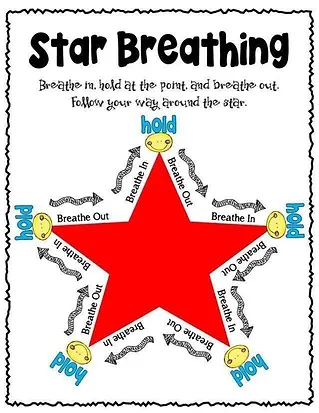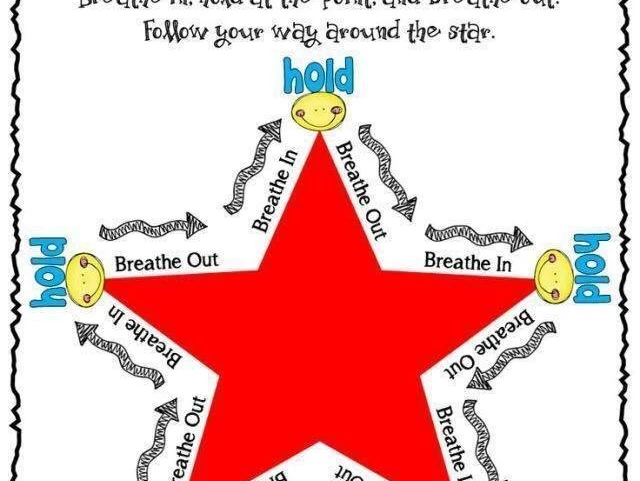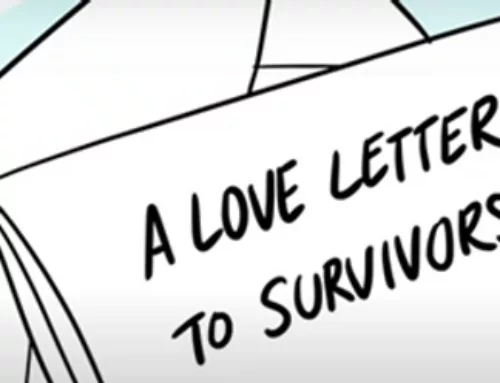If you’d prefer to watch rather than read, here’s the video for this topic by Rechell 🙂
Have you ever been in a stressful situation and had someone say “just take a deep breath”. But why does everyone say that? Well, there’s a reason deep breathing is so important for our mental well being.
When you are calm, your body is in what is known as “rest and digest” mode. This is when your breathing and heart rate are normal and your muscles are relaxed. But when you experience something stressful, your body goes into what is known as “flight, fight or freeze” mode. Your heart rate increases, your stomach stops digestion, and your breathing becomes more shallow. This explains why sometimes your stomach hurts when you get stressed or you might feel panicky and sweaty.
One way of getting yourself from “flight, fight or freeze” mode back to “rest and digest” mode is to use calming exercises. And one of the easiest calming exercises is focusing on deep breathing. These types of exercises are about getting more oxygen into your bloodstream, regulating your heart rate and not have your body work so hard. By focusing on calming your body, you can help lower your stress.
When stressed, children may experience an additional layer of fear or distress. They may be feeling out of control and overwhelmed, not understanding what is happening to them or why its happening. As adults, we are more aware of our feelings and of the physiological changes that come with these, but even we may have a hard time managing our own behaviour.
This 5 FINGER Breathing Exercise is a wonderful way to switch off the stress response. It brings the body back into balance, slowing and deepening the breath and slowing down the heart rate, while harnessing the need to move with an action that requires focus and provides sensory feedback to our brains.
1. Spread your hand and stretch your fingers out like a star. It doesn’t matter if it’s your right or left. Pretend the pointer finger of your other hand is a pencil and imagine you are going to trace around the outline of your hand and fingers.
2. Start at the bottom of your thumb and slide your finger up your thumb, pause at the top, and then slide your finger down the other side. Now slide your pointer up your second finger, pause, and slide down the other side. Continue tracing your fingers up, pause, and down. Slide your finger slowly, watch your finger move and notice how it feels. Keep going until you have finished tracing your last finger (pinky).

3. Now you are ready to add some breathing. Breathe in through your nose and breathe out through your mouth. Remember to keep it slow and steady.
4. Place your pointer finger at the bottom of your thumb, and breathe in as you slide up. Breathe out as you slide down. Breathe in as you slide up your second finger, and breathe out as you slide down. Keep going until you have finished tracing your fingers and you have taken five slow breaths.
5. How does your body feel now? Do you feel calm or would you like to take another five?
If you or your child dislikes the sensation of sliding a finger up and down your hand try one of these adaptations;
- Trace an outline of your hand on a piece of card and then trace your finger along the outline. You can create a textured outline or cut out the shape if this works better.
- An alternative that involves no touching is to stretch your fingers out like candles on a cake and slowly blow each candle out and tuck the finger into the palm.
Other resources that you can refer to if you’d like to try using breathing techniques to calm and regulate yourself or your child:


